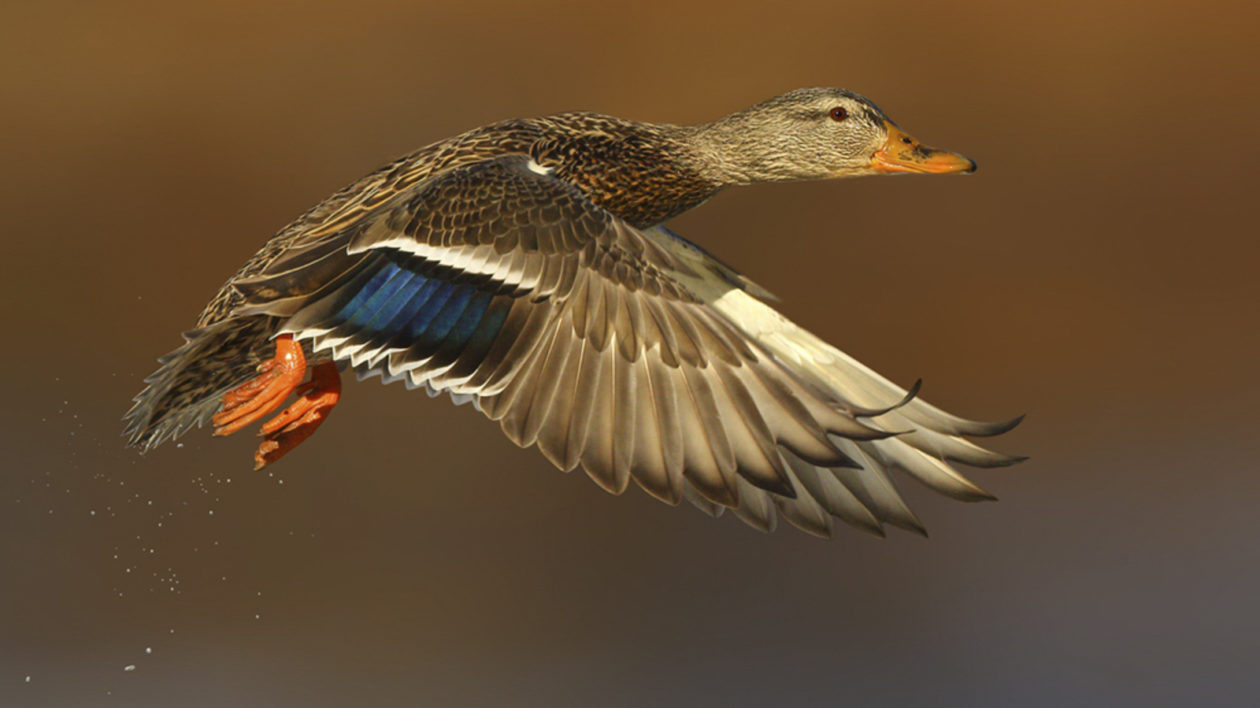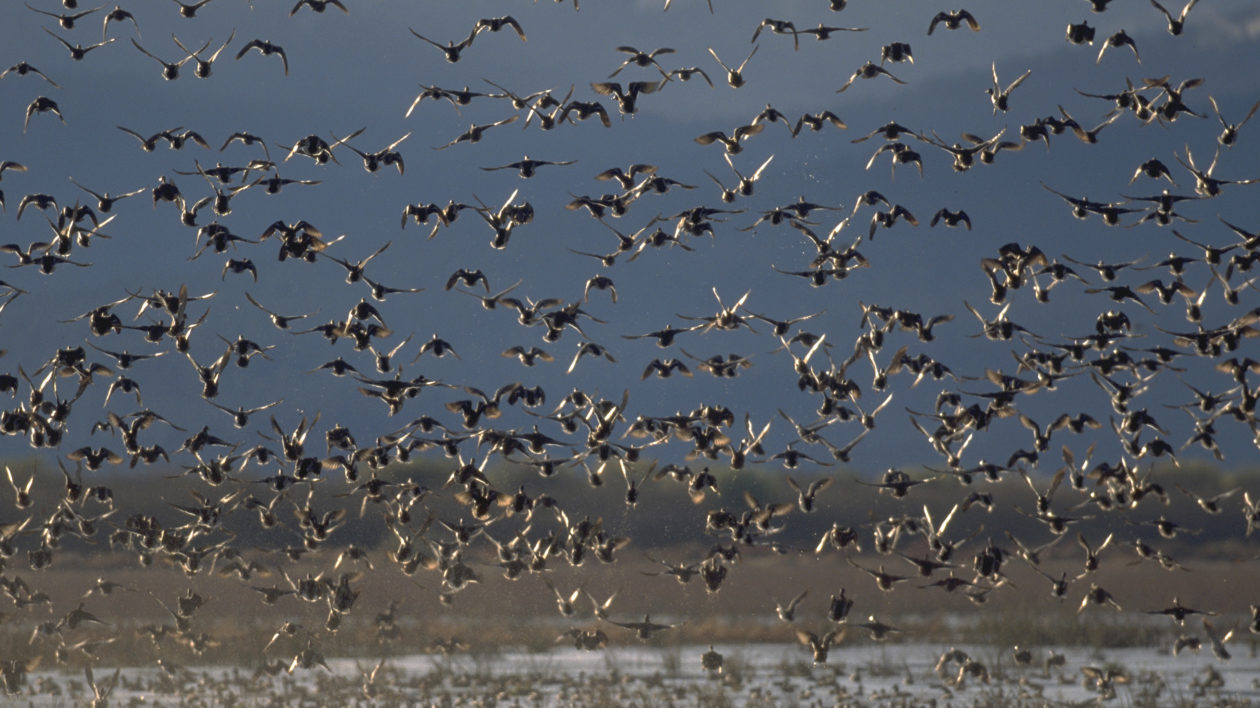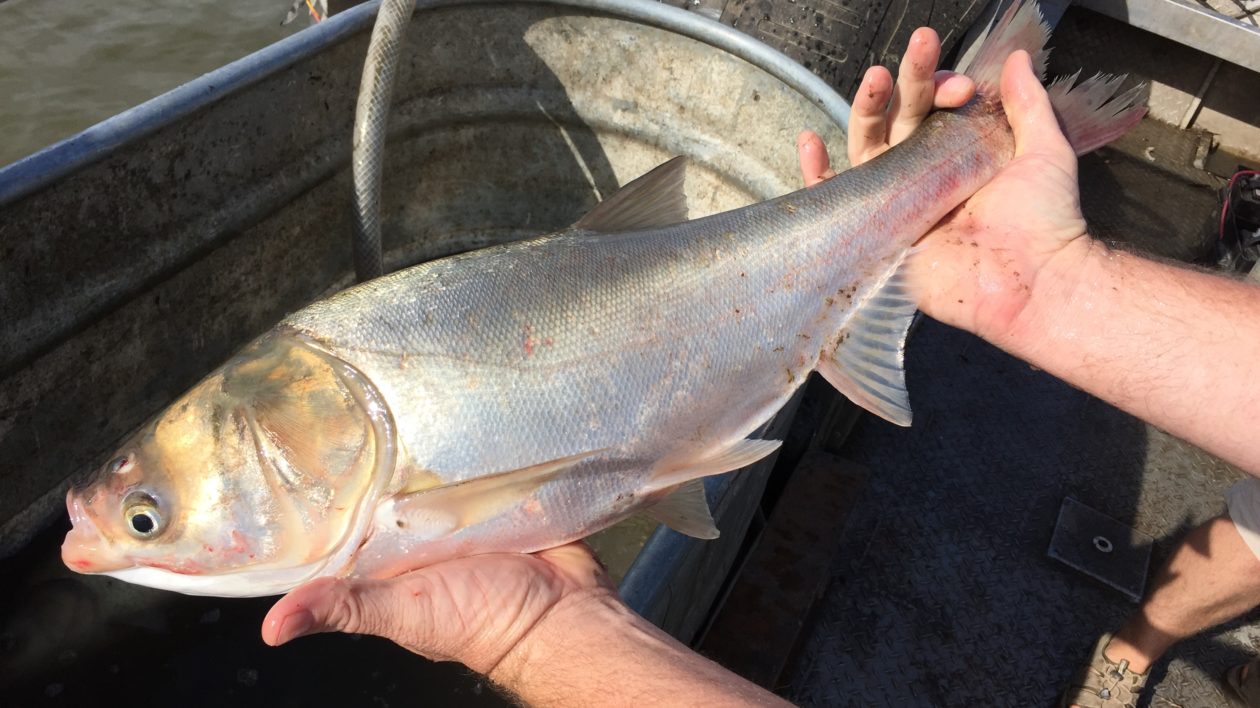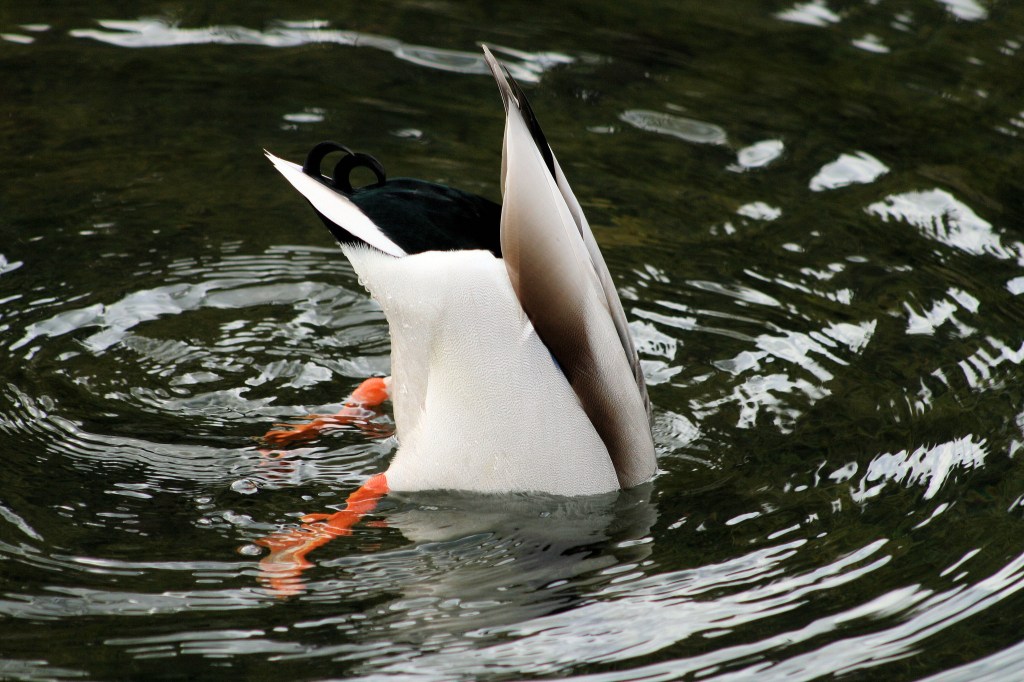How do invasive fish reach isolated water bodies? Oftentimes, the answer is obvious: humans intentionally released the fish or they escaped from a nearby aquaculture facility. Other times, the culprit is less clear.
New research shows that, in some instances, fish may be introduced by another means: duck poop.
Published in the Proceedings of the National Academy of Sciences, the paper focused on a controlled experiment that fed the eggs of common carp and Prussian carp to mallards. Eggs were retrieved from the duck feces, and there were eggs that survived beyond hatching.
As the authors note in the paper, “Only 0.2% of ingested eggs survived gut passage, yet, given the abundance, diet, and movements of ducks in nature, our results have major implications for biodiversity conservation and invasion dynamics in freshwater ecosystems.”

Lots of Eggs, Lots of Ducks
Water bird species are well known dispersers of both native and invasive aquatic plants. Over the years covering invasive fish issues, I’ve heard conservationists speculate that ducks and other birds could transport fish eggs from one water body to another on their feet or feathers. This research shows they can also spread eggs that survive their digestive tract.
“There is a great diversity of plant species that can spread this way,” says Orsola Vincze, a coauthor of the study. “We have been thinking about the possibility of carp eggs being able to survive gut passage, but we were still surprised by the result.”
Vincze, a researcher with the Wetland Ecology Research Group in Hungary, said that mallards were chosen as they are the most common duck species in Central Europe (and much of North America). She also notes that ducks have a fast digestive system, and most eggs were passed within an hour.

“Ducks have an average flight velocity of 60 kilometers per hour (about 37 miles/hour),” she says. “Some eggs were in the digestive system as long as four hours, so a duck can spread eggs a fairly long distance. But with isolated waters, even a short distance can have major consequences, as introduced fish will freely spread up- and downstream once it is introduced into isolated waters.”
Carp species are highly prolific, producing hundreds of thousands of eggs when they spawn and if water temperatures allow they will spawn several times per year. “Many waters have a large number of fish, and a large number of eggs,” says Vincze. “This increases the chance of fish being spread by birds.”
And ducks gobble up a lot of fish eggs, with a single duckling found to have ingested as many as 217 eggs in one feeding. The absolute record holder is a glaucuous gull, whose stomach content was 63,501 Pacific herring eggs. “This is one of many areas that need further study,” says Vincze. “We don’t know definitely whether ducks are incidentally ingesting the eggs or if they prefer them. We think the high level of consumption indicates they prefer eating eggs due to their protein and lipid content, but we need to conduct more research.”

Conservation Questions
The research has many potential implications for conservation. My mind immediately went to silver and bighead carp in the Illinois River and lower Mississippi River. These fish, it must be noted, were not the subject of the research. But a lot of effort and money is being put into stopping the spread of these fish, commonly known as “jumping carp” or “Asian carp.”
Conservationists have been researching ways to keep these fish from spreading into Lake Michigan and other Great Lakes. Methods including acoustics, electricity and physical barriers have been tested. At The Nature Conservancy’s Emiquon Preserve, adjacent to the Illinois River, a water control structure was controlled to prevent invasive carp from reaching a wetland restoration project.

But a spread by ducks could completely bypass any river barrier. Is there any way invasive carp can be stopped if they are carried in duck poop?
Vincze is quick to point out that this research raises so many questions. “We don’t know what other fish species can be spread like this,” she says. “And this was a controlled experiment, in a laboratory. We still have to confirm this happens in the field. If a duck poops out eggs in natural waters, do they survive?”
She recognizes that, in many instances, invasive fish are introduced to new waters by human means, both intentionally and accidentally. Still, there are many instances where fish show up mysteriously. She cites farm fields that get inundated with rain, far from other water bodies. “When the field dry up, you sometimes see fish, even though the field is disconnected,” she says.
Genetics may help resolve fish origins. “We are trying to find genetic markers to see whether fish were spread by birds or other factors,” she says.
But even if birds are a significant factor in invasive fish spread, what can be done? “We can’t keep every duck out of a lake,” Vincze notes. “What is the problem we need to solve?”
It does provide conservationists with an important piece of information, however. If freshwater managers don’t know all the ways an invasive fish can spread, they may be devising ineffective solutions. That’s why Vincze knows that this is just a starting point.
“Birds are probably much less of an issue in spreading invasive fish than other factors,” she says. “But that doesn’t mean they’re not a factor. This was a closed experiment. We need a lot more to better understand the issue, especially under field conditions.”




All your essays are wonderful!
Do you have anything comparable to cool science for ten to 12/13 year olds?